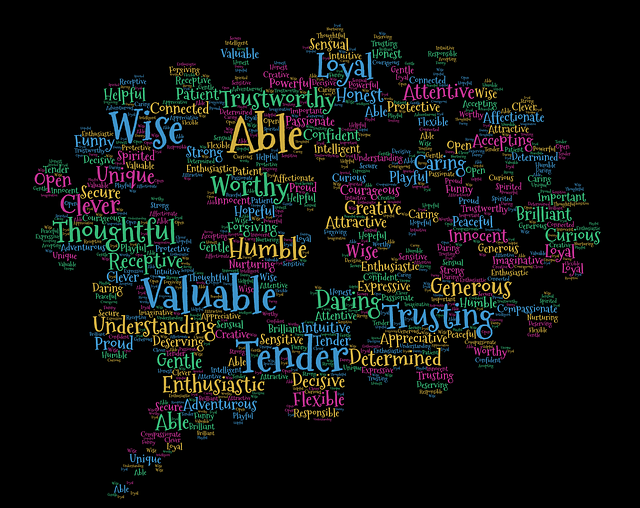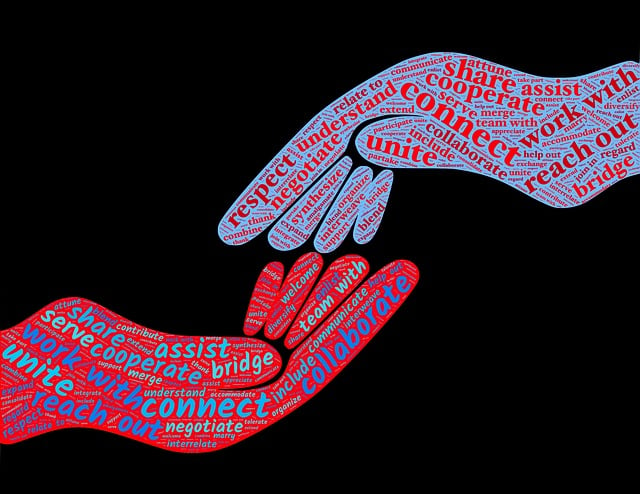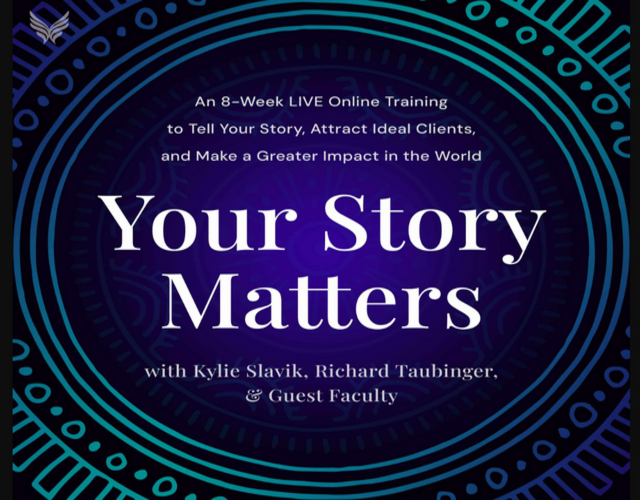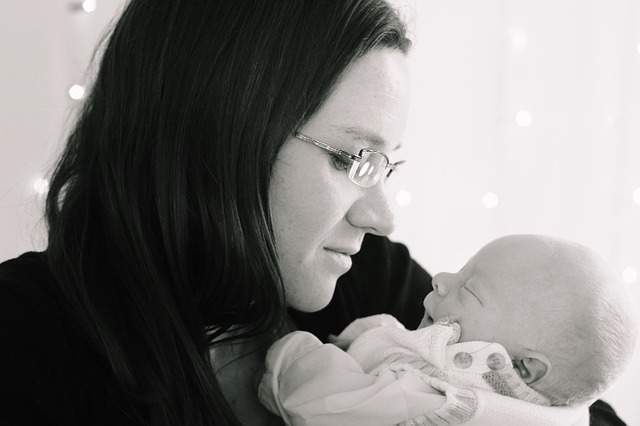In a previous post, I discussed the season of winter in the progress of our chronic illness. There I explored “wintering” as a way to move beyond the darkness, despondency, despair and debilitation that accompanies the experience of winter in the progression of our chronic illness. Wintering, in this context, involves “letting the light in” through rest, renewal and regeneration. In my accompanying poem about wintering, I explored what it meant for me during a particular period of darkness.
In our August Creative Meetup, Jennifer Crystal read an extract from her book, One Tick Stopped the Clock, as a stimulus piece for writing in our group of writers-with-chronic-illness. The extract focused on the hope associated with the arrival of summer following a period of winter. In the extract, Jennifer recounts her desperation in the face of her totally debilitating Lyme Disease. At the time, she had a catheter feeding intravenous antibiotics through her arm and chest cavity to her heart. She was grossly sleep-deprived, suffered migraines , battled a health insurance company for her reimbursement entitlements, and experienced brain fog.
Jennifer sought help from a therapist as well as a specialist in Lyme disease who was a member of ILADS (International Lyme and Associated Diseases Society). Jennifer’s therapist, Michelle, spoke to her about her dreams that involved Jennifer water skiing. In an earlier period, Jennifer was unable to water-ski but had been able to drive the boat for other water skiers. The literal interpretation of her dream suggested that she was missing the ability to water ski herself. However, Michelle suggested that a metaphorical interpretation was that the dream reflected “loss” in a broader sense – the loss of a positive and productive life style that preceded Jennifer’s debilitation from Lyme Disease.
Michelle suggested that even though Jennifer should be in the “summer of her life” at age 27, the summer would come and the experienced winter of her chronic illness would pass. The future onset of summer represented hope for a better quality of life. Michelle questioned Jennifer’s disbelief in the possibility of experiencing “the summer of her life”. Jennifer expressed her doubts when Michele said, “you can live a happy, fun, fruitful life once you are well”. Jennifer has gone on to publish her book despite her personal hardships, and become a story coach and trainer, author of a weekly column for the Global Lyme Alliance and facilitator for the Creative Meetup group, hosted by the Health Story Collaborative.
Creative Meetup Process – Writing Prompts
Following the reading of the stimulus material, we were invited to address one of the following writing prompts:
- Write about something that you have lost as a result of chronic illness.
- What have you replaced or how have you transformed this loss?
- How would you describe the season of your current illness?
I decided to address these prompts together because they were interdependent.
The loss I focused on was my inability to play social tennis during the cold seasons of the year because of chronic arthritis in the joint of the middle finger of my right hand. The cold weather aggravates the arthritis which is also aggravated by allergies (allergic arthritis brought on by MCAS). However, I have been able to replace my social tennis with weekly social pickleball which also enables me to play more consistently because I play it indoors and am not subject to the vagaries of the weather (or exposed to cold winds). While I still have to manage the arthritis in my finger, the impact of hitting the ball is not as great or painful as it was with tennis.
The Summer of my medical condition
When I thought about where I was up to with managing my current chronic health conditions, I thought of summer – a season of hope. I have located a general medical practitioner who is an immunologist and very willing to explore a range of treatment options. She is also willing to listen and not jump to conclusions.
Pickleball has been a very effective and rewarding replacement for my social tennis. The gains through pickleball are many and varied:
- New knowledge and skills
- The opportunity to continuously learn
- The chance to try out new shots – experiment
- The ability to build on existing competence in shot making and strategic play built up over many years of tennis (more than 60 years)
- A new form of exercise and increased motivation to stay fit.
Pickleball has transformed my weekly social, physical activity so that it is not as demanding as playing tennis. It also provides a range of new rewards:
- Joy from experiencing new competence (intermediate level pickleball skills)
- Developing new friendships
- Fun with playing with different partners in a social environment (the requirement to “play nice”, rather than all-out competitively)
- Social support from people who are also aged and experiencing physical limitations
- The enjoyment of looking forward to catching up with my pickleball group and playing more games.
When I reflect on my current medical condition, I can appreciate that in many senses I am experiencing a summer of my chronic illness. I have framed my present state as “summer” because of what I have achieved or am achieving:
- Being able to play pickleball regularly
- Publishing my first Kindle E-book: Writing for Wellness: A Healing Pathway for Chronic Illness
- Identifying 6 other potential Kindle E-books (drawing on the 780 posts in my blog)
- Continuing to receive stimulation for writing from my writers-with-chronic-illness-group
- Writing 1000+ word articles for my blog, twice a month
- Thinking, reading (novels and memoirs) and writing – the luxury of having the time and the capacity to do these age-appropriate ways of “being-in-the-world”.
Reflection
I’ve recognised that a prerequisite for managing chronic illness is acknowledging that there will be ups and downs, times of moving forward and other times of regressing – there will be winters and summers of our chronic illness experience. For each of the seasons of our medical condition, there are strategies that we can use to heal and recover. One of these is the process of writing.
If we can grow in mindfulness through practices such as Tai Chi, meditation and mindful walking, we can learn to reframe our situation, express gratitude for what he have and can do and access our creativity to explore healing options. There is a lot of helpful information on the Internet that is readily available to us if we choose to look. The real test is in the application of what we learn.
Dexter Dunphy and Bob Dick, in their book Organizational Change by Choice, provide a relevant quote from an anonymous author (p. 126):
To look is one thing
To see what you look at is another
To understand what you see is a third
To learn from what you understand is something else
But to act on what you learn is all that really matters.
____________________________________
This post is provided for information purposes only and is not intended to replace personal medical advice provided by a trained medical practitioner. Please seek advice from a qualified professional before deciding on treatments for yourself or other members of your family.
______________________________________
By Ron Passfield- Copyright (Creative Commons license, Attribution-Non-Commercial -No Derivatives.
Disclosure: If you purchase a product through this site, I may earn a commission which will help to pay for the site, the associated Meetup group and the resources to support the blog.












